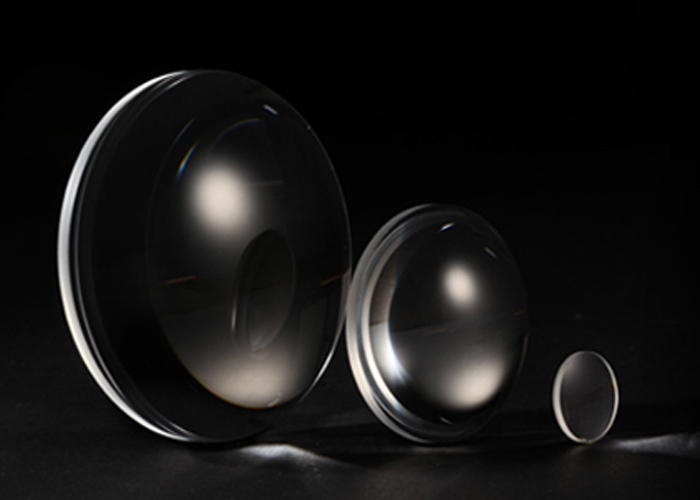Do you know that these three errors will affect the accuracy of the linear module?
Pulished on Dec. 16, 2022
Because of its high accuracy, high speed, high stability and other advantages, linear modules are now widely used in various industries and become an indispensable important equipment in these industries. What we do not know is that although the accuracy of the linear module is very high, its accuracy will also change due to three kinds of errors. In order to avoid unnecessary consumption of high-precision component replacement, or the use of linear module systems that do not meet the application requirements, it is important to understand the differences between the three types of linear module motion errors and their causes.

1、 Linear error: including positioning accuracy and repeatability. These errors are sometimes called positioning errors because they specify the ability of the system to reach the desired position. In the context of linear systems, the term "precision" usually refers to positioning accuracy, that is, the deviation between the target position and the position realized by the system. Repeatability of modules refers to the degree to which the system returns to the same position in multiple attempts. The main reason for straight-line error is the driving mechanism (such as screw rod, gear rack or linear motor), but the adjustment of the system will also affect the accuracy of the linear module and the ability to repeatedly reach the target position.
2、 Angle error: it refers to the error of the rotation of the point of interest about the axis. These errors are commonly referred to as roll, pitch, and yaw errors and represent rotations about the X, Y, or Z axes, respectively. If the point of interest is the center of the table or slide, the angle error may not have a significant impact on the application. However, when the point of interest is a certain distance from the workbench or slider, Abbe error (that is, the angle error amplified by the distance) will produce unexpected results, especially in processing, measurement and assembly applications. The main reason for the angle error, extension and Abbe error is the inaccuracy of the linear module and the poorly machined mounting surface.
3、 Plane error: Plane error - commonly referred to as "straightness" and "flatness" - occurs in the system stroke, but does not rotate about the axis. The plane error refers to the deviation from the ideal straight line datum plane. Linearity defines the range of motion along the Y axis when the system moves along the X axis. Similarly, flatness defines the range of motion along the Z axis when the system moves along the X axis.













